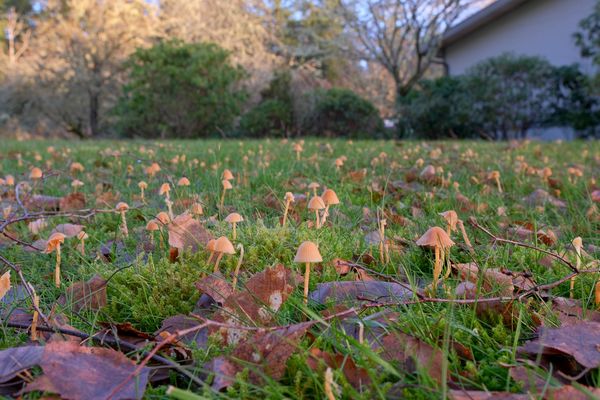A specialty area of macrophotography is wide angle macrophotography. Here, a subject can be seen in extreme close up while its broader surroundings are also in view since the lens is also a wide angle lens. There are not many lenses that can combine these abilities.
Here are pictures that I’ve taken with the inexpensive
Opteka 15mm f/4 1:1 wide angle macro lens https://www.amazon.com/Opteka-15mm-LD-UNC-AL/dp/B071JPFXBR/ref=sr_1_1?crid=3KJADOLJLXB6Q&dchild=1&keywords=opteka+15mm+f%2F4+ld+unc+al+1+1+macro+wide+angle+full+frame+len&qid=1610341952&sprefix=Opteka+15mm%2Caps%2C166&sr=8-1 ). If these were taken with a more conventional macro lens, the background field of view would be much narrower. All of these pictures were shot with the Canon 5dmiii (full frame) body, and they are un-cropped. I make some comments here and there.
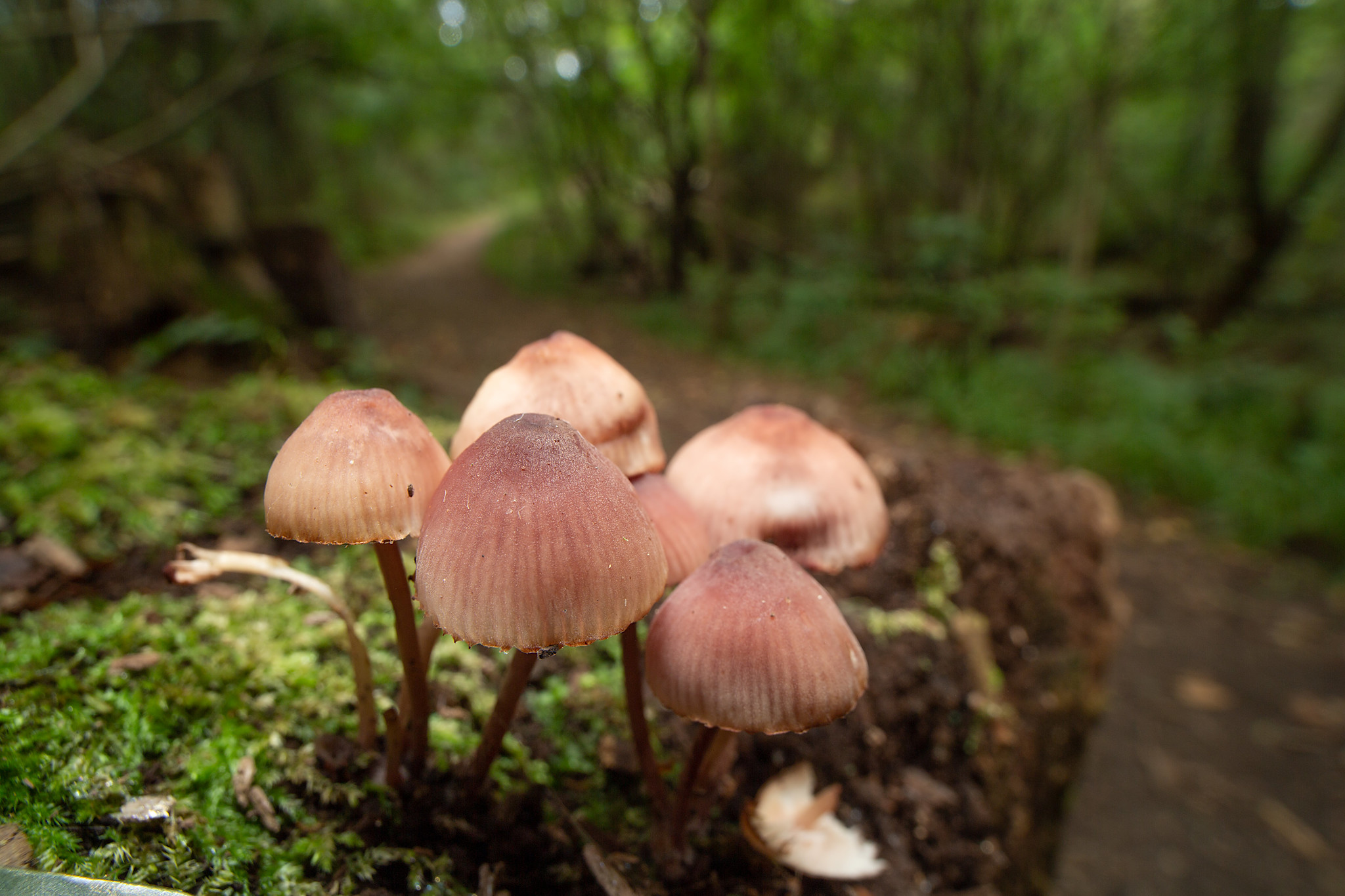 Mushrooms. Wide angle macro
Mushrooms. Wide angle macro by
Mark Sturtevant, on Flickr
I came across this monarch butterfly that probably had recently emerged from its chrysalis. It was a lucky find!
 Monarch butterfly. Wide angle macro.
Monarch butterfly. Wide angle macro. by
Mark Sturtevant, on Flickr
Hi there! The mantis is hanging onto the lens.
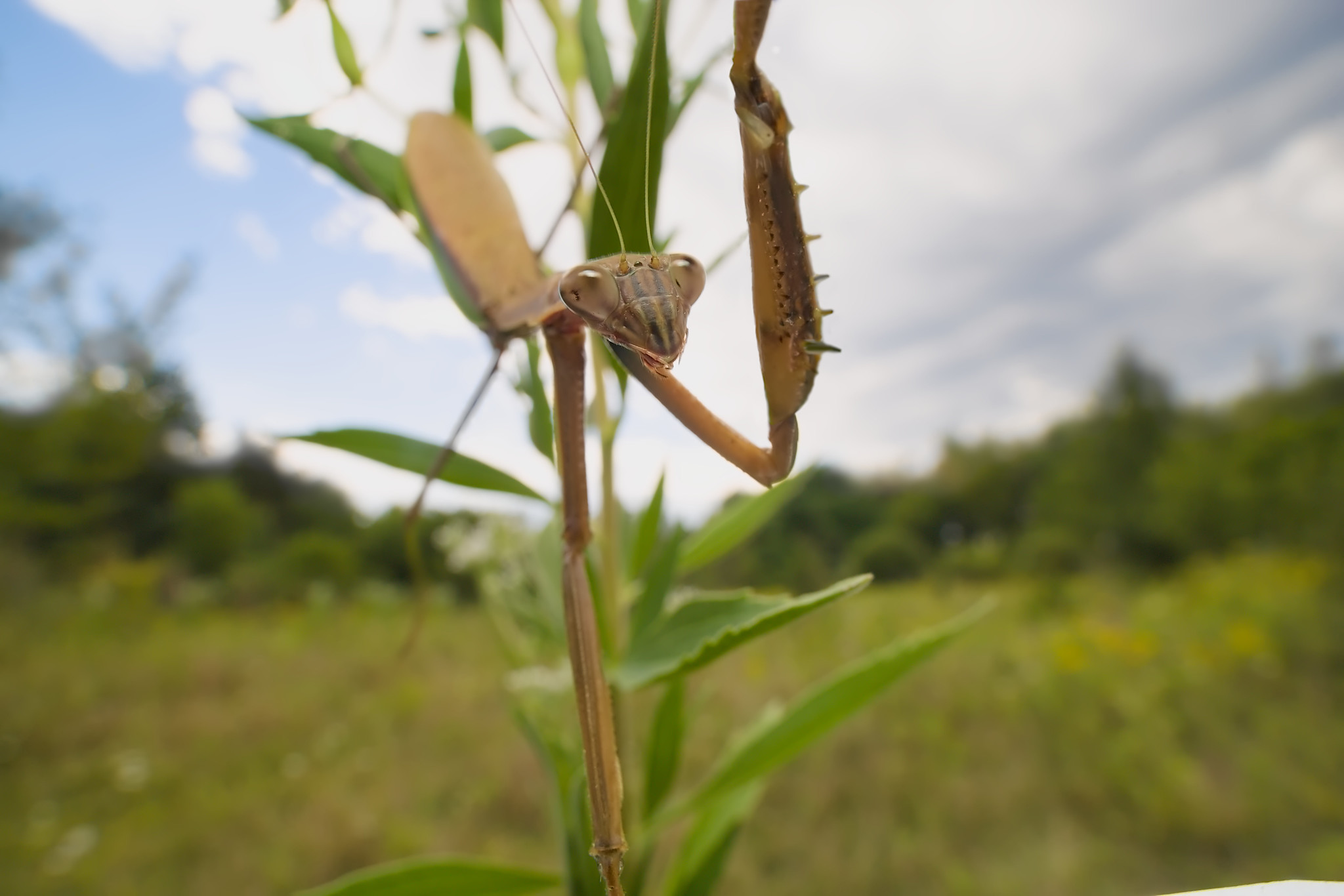 Chinese mantis. Definitely wide angle macro
Chinese mantis. Definitely wide angle macro by
Mark Sturtevant, on Flickr
The optics are deceptive. The frog was actually just a few inches from the lens.
 Frog. Wide angle macro.
Frog. Wide angle macro. by
Mark Sturtevant, on Flickr
The spider is even closer! But actually they are very nice.
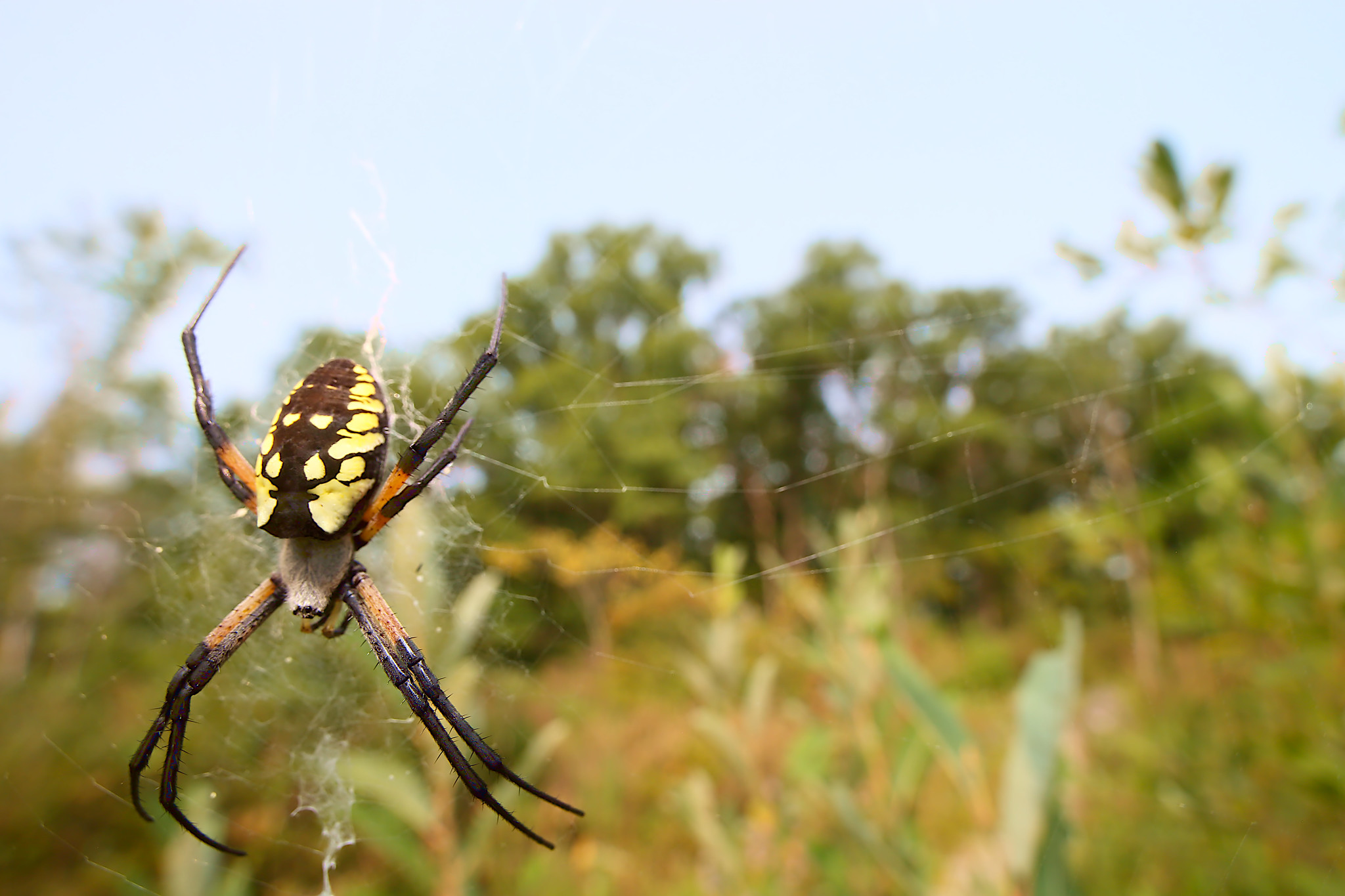 Black and yellow argiope. Wide angle macro.
Black and yellow argiope. Wide angle macro. by
Mark Sturtevant, on Flickr
 Up-a-tree wide angle macro
Up-a-tree wide angle macro by
Mark Sturtevant, on Flickr
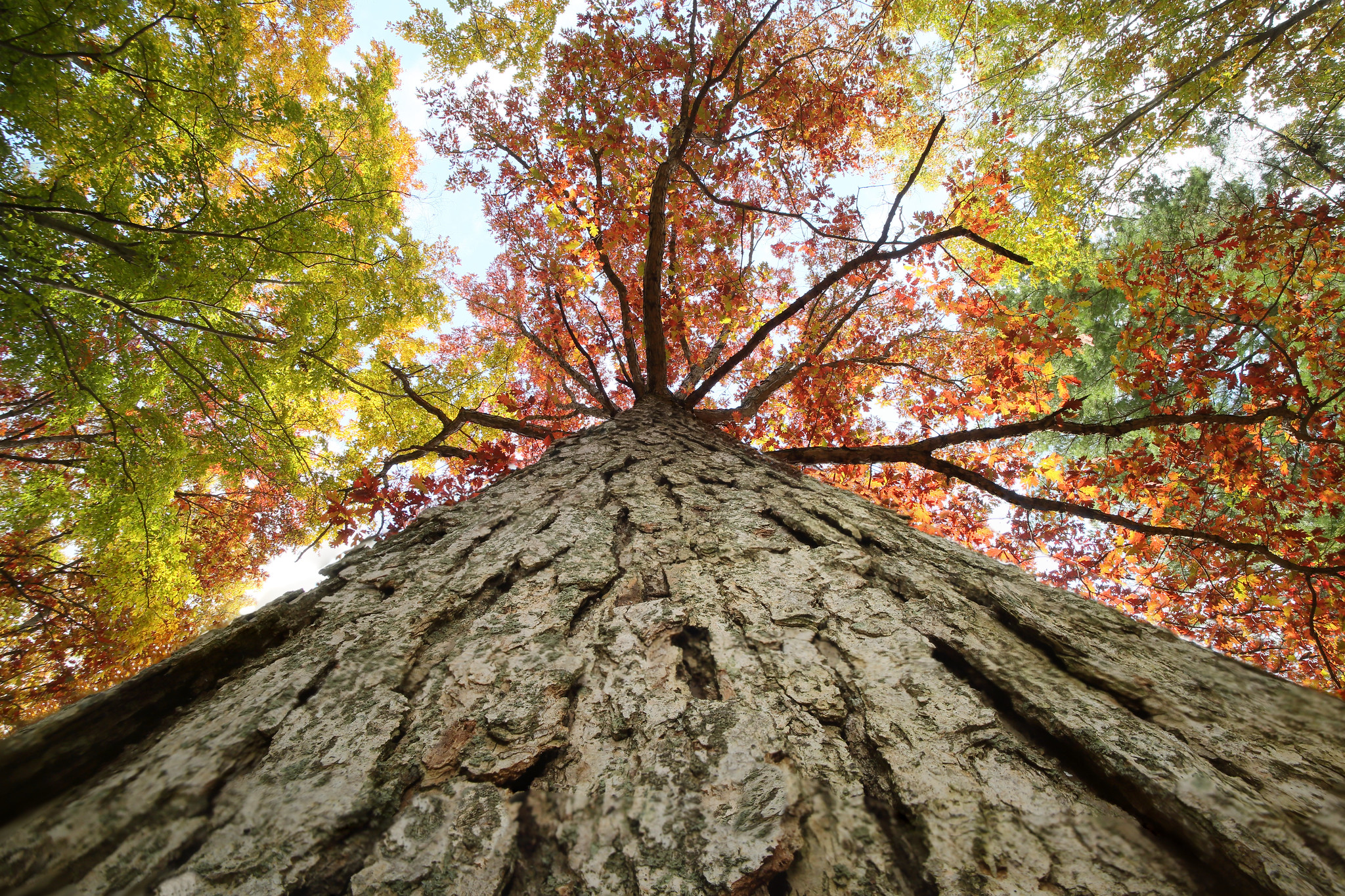 Up-a-tree wide angle macro
Up-a-tree wide angle macro by
Mark Sturtevant, on Flickr
The vignetting in the corners is explained below.
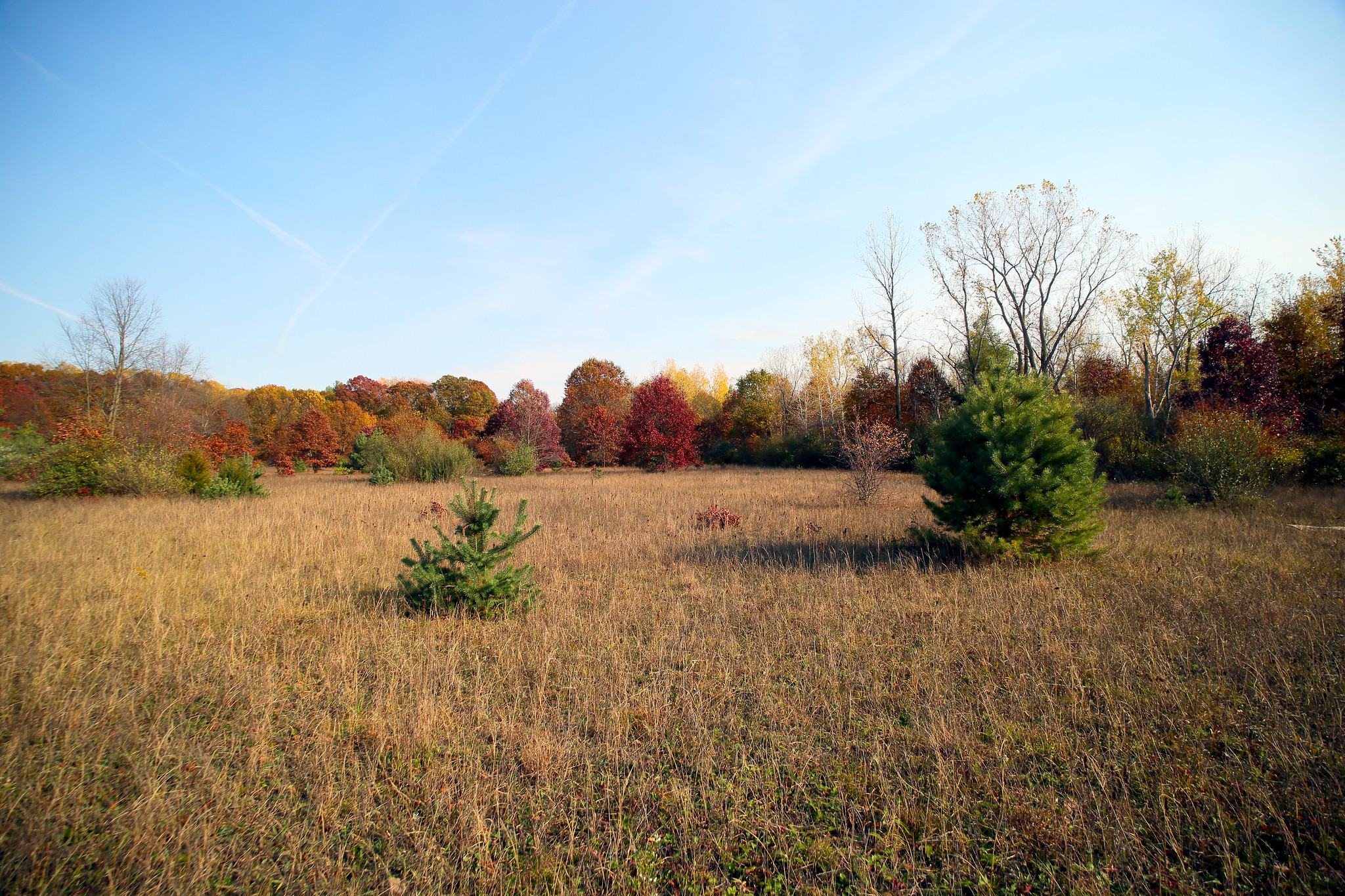 Wide angle macro landscape
Wide angle macro landscape by
Mark Sturtevant, on Flickr
Two lessons here: Watch the horizon line, and this lens practically sees around corners! The things on the top are parts of a reflector used on the flash.
 Wide angle macro landscape
Wide angle macro landscape by
Mark Sturtevant, on Flickr
Some additional comments.
1. Like all such lenses, the Opteka lens is fully manual.
2. Optical quality: The lens is probably is not as sharp as a traditional macro lens. For one thing, chromatic aberration can be visible in challenging conditions (as in dark branches against a bright sky). It will also reveal a pin-cushion effect when photographing linear subjects like architecture or large interiors. But I have used it for photographing small interiors, and I personally think it works well for that. I would also expect that this lens is not as sharp near the corners as it is near the center. All of these things seem to be true for all wide angle macros.
3. You can easily find detailed reviews about this lens, and about a very similar lens called the
Venus/Laowa 15mm f/4 1:1 wide angle macro. The Opteka lens is essentially an inexpensive clone of the pricey Venus/Laowa model. Here are a couple reviews:
https://www.youtube.com/watch?v=XRWsrlJdwZM ,
https://www.youtube.com/watch?v=3OTY7O0AYpw ,
https://www.youtube.com/watch?v=XqD1TzvLT-k . I especially like this video of the V/L lens by Thomas Shahan:
https://www.youtube.com/watch?v=PZcYXUMkhek . T. Shahan makes it look easy, but it is not easy. He is just a world class photographer!
4. The Opteka lens is not without some flaws. All of these are pretty trivial, but the exception is that the tulip shaped lens hood does not quite align to the field of view so there is vignetting in the corners in a full frame camera (see the autumn landscape picture above). Annoying, but I am personally not inconvenienced since I generally don’t want to use the hood anyway.
5. Wide angle macro lenses are pretty easy to use for photographing landscapes, architecture, and interiors (with some caveats). But for their intended use, which is macrophotography, wide angle macro lenses are challenging. For one thing, the working distances are extremely close. At 1:1, the subject will be only a few millimeters from the glass! So it is not easy to get light on the subject. Furthermore, the small pupil size of these lenses makes the view thru the camera rather dim and that can make it hard to focus. To get a feel for this, you can take binoculars and look thru them backwards at the tip of your finger. The optics are very similar to a wide angle macro lens. Now imagine that view is significantly darker. My first attempts to use the Opteka lens made me wonder about my purchasing decisions!
6. Over time, my feelings about this lens gradually changed for the better. Learning to use it was like meeting a challenge that needed patience and a willingness to fail, and even now using it still requires more time than photographing with a regular macro lens. Skittish insects are off the menu, definitely. But a funny thing is that process – slowly solving the challenge of how to use the thing each time—is one of the reasons why this lens has been so much fun. That and of course the interesting perspectives that result from its unique optics. I typically go out with two cameras, and if I bring 3 lenses (A conventional macro lens, a big zoom lens, and now this wide angle macro), pretty much all the time will be spent just looking for ways to have fun with the wide angle macro.
Thanks for looking!
A specialty area of macrophotography is wide angle... (
 (I'll attach a photo ... just a JPEG out of camera.)
(I'll attach a photo ... just a JPEG out of camera.) (I'll attach a photo ... just a JPEG out of camera.)
(I'll attach a photo ... just a JPEG out of camera.)










